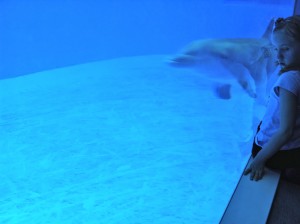
The explicit or implicit anti-zoo narratives coming from the likes of Blackfish—which grossed 2 million at the box office, and is regarded as required viewing among all my children’s cadre—are not being effectively met with any coherent and persuasive counter-narrative from the zoo community, at least not in the minds of those, like my daughter, who could be their greatest advocates.
I also asked my eleven-year-old son if he thought zoos were good or bad. His answer was immediate and unequivocal: “Bad,” he said, “I don’t like the idea of animals being held in cages.” If there is another side to this story—and there is—zoos need to get busy telling it to my kids. (They don’t listen to me.)
Accredited zoos have largely transformed themselves over recent decades. They have evolved dramatically in terms of their animal welfare practices and conservation efforts, and yet public perception about them seems not to have really kept pace. Into this gap, an anti-zoo message is being very effectively inserted.
One of the simplest and best measures of the effectiveness of any brand’s message is how well it can be retold. If my children are any indication, the anti-zoo brand is doing a damn good job.
Zoo brands
So, zoo and aquarium brands are faced with a situation that has forced many to the defensive. Despite the fact that for decades the nation’s leading zoo brands have taken a very active role in an array of science, conservation and education initiatives—much of which puts them on the same side as their detractors in terms of animal advocacy—this positive story remains largely untold. If you are a zoo marketer and you have the urge to say, “But, we tell that story all the time!” I must counter that I have personally taken my children to zoos persistently and at every possible opportunity all their lives, and yet, despite ample opportunity to absorb this story, what stories are they telling me?
Even as my daughter staunchly voices an anti-zoo message, she recently used a number of zoo images to illustrate her life story (example from the Bronx Zoo below). She seems both intellectually repelled and emotionally attracted to zoos and aquariums. I would suggest that she desperately needs the intellectual fodder to build a better case in support of her natural and well-justified emotional attachment. I know she’s not alone.
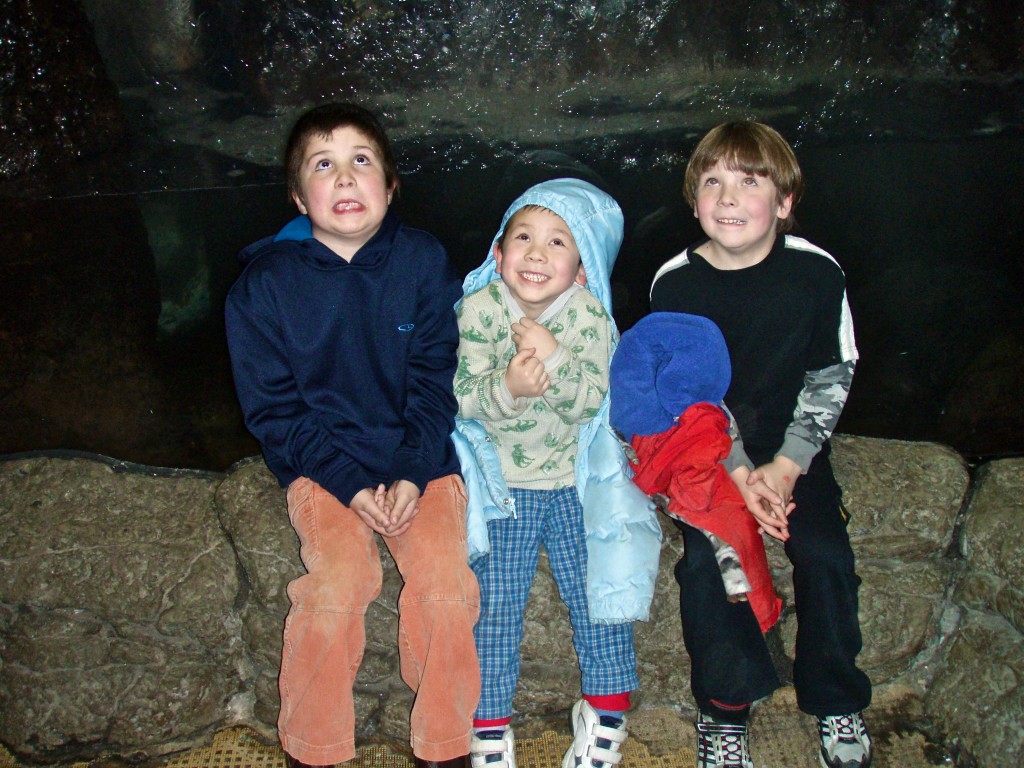
Wildlife Conservation Society and AZA
Zoo brands are also in a struggle with their own past. A well-known example of a very proactive reaction to this is the New York City zoo system’s decision to rename itself the Wildlife Conservation Society. This change focused and clarified both the organizational mission and its message. The launch of the new Wildlife Conservation Society brand also allowed them to match the powerful messaging simplicity of those who would question zoo’s continued existence. I think this worked. I feel it has effectively shifted perception. It has also provided a useful way to separate the current and future institutional practices from those of the past. The new brand is all about the struggle to save species from extinction, something congruent with the institution’s efforts to transform all zoos from menageries into conservation institutions. Thanks to the continued efforts from a range of zoo community leaders, all North American zoos now maintain or directly support active conservation, education, and advocacy as part of their accreditation with the Association of Zoos and Aquariums.
The challenge
The challenge for most zoos though is that even as they participate in conservation, education and science projects, they must also continually pull in a steady stream of visitors. They must do this in the face of a strongly competitive informal education and entertainment destination landscape. Funding for a zoo’s conservation, science and education programs often depends, at least in part, on the steady flow of gate revenue.
The need to serve two masters creates an internal tension that I think is detrimental to the average zoo brand. Splitting of priorities is exactly the thing a brand should not do if it wants to be simple enough for easy digestion.
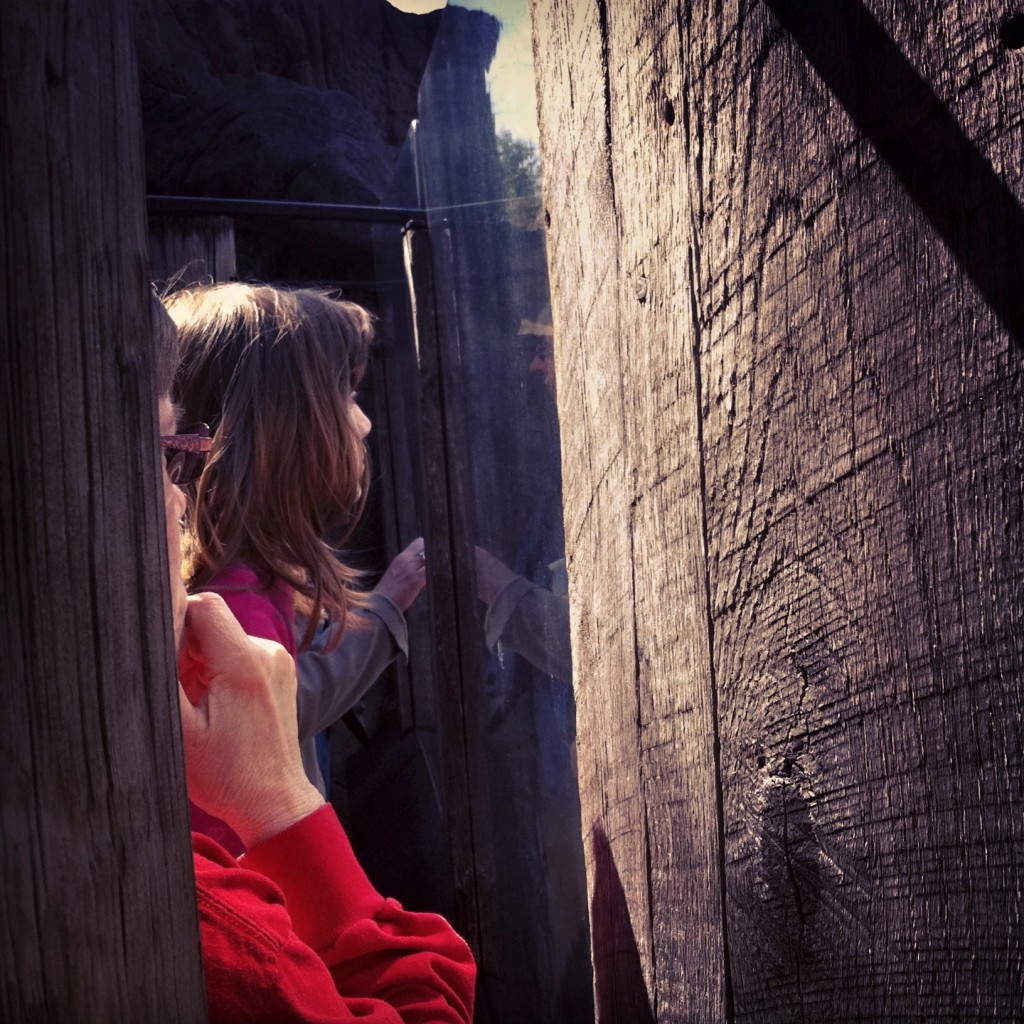
The philosophical diversity and complexity of the zoo community in general muddles this message even further. There is no unified front, no central messaging office. There seems also to be a kind of timidity on the part of zoos to speak out and advocate assertively for their position. Perhaps this is due in part to a tendency to rely on scientists as the “voice of the institution” on these issues (a role—as PR representatives—that they are perhaps often ill-suited to perform).
Zoos are much more valuable and far more important educational assets to the communities they serve—and scientific assets to the world—than they are currently perceived to be. This is unfortunate.
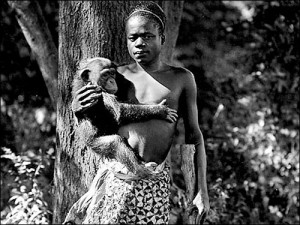
Zoo brands and conservation
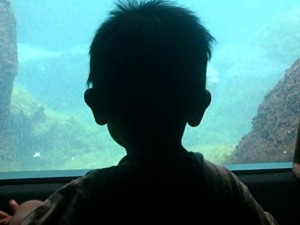
I see this as a reflection of the belief that a conservation or educational message will not drive attendance. On the face of it, this is correct. But there is a signifiant brand cost to this approach. It serves to perpetuate a default perception of zoos (e.g., that they are essentially just places with collections of animals for people to look at—menageries). Asserting the conservation message more explicitly can give an institution something the “destination attraction” message alone cannot be relied on to deliver. Such messages, skillfully delivered, have the power to drive higher-order engagement for donors, supporters, and members through association with the greater good.

Coda: What is the story to tell?
The following may be too dark and controversial, but it’s worth thinking about: When discussing the role of zoos with intelligent, well-meaning adults whose default position was negative toward them I have voiced the following—I will summarize here—and it has significantly upgraded the conversation.
We humans are changing the planet, sparking the sixth major extinction event in the history of life. Our species’ population success and our chosen economic structure—founded as it is on growth—combine to put our path and behaviors in direct conflict with the needs of most other species that inhabit this planet with us. They need habitat and ecological conservation. We need ever more resources and space.
Environmental improvements we have seen locally in the United States over the past several decades can be broadly attributed to three things: Offshoring great portions of our manufacturing sector to Asia and elsewhere, technological advancements, and finally—and most germane to this conversation—improved curation and management.
We need zoological science, research and education to help us cope with the world we are making for ourselves.
This aspect of the zoo’s role in our future is not commonly recognized, but zoos can be thought of as an adjunct laboratory for learning what we will need to know in a not too distant future when our whole environment is curated. “The Wild” is vanishing, and what we have left will be somewhere between a planetary zoological park and a planetary wasteland. The desire to let things be, to advocate for the well-being and freedom of individual animals is not wrong, but it’s not nearly the whole story. We need zoological science, research and education to help us cope with the world we are making for ourselves.
This may not be inspirational enough, but within it is a realistic hope that our future will be better than it would be without the existence of zoos. I want my kids to have a clear conscience when they act on their love of animals by visiting and supporting the zoo. Perhaps if they could understand zoos in this way (and it was true) this would make a difference.
Clearly, this is not going to be sorted out here or by me, but the issue of zoo brands and how they evolve in consumers’ minds is critically important to the future of zoos.
Does your zoo need an affordable way to improve its brand today?
Because we know that not everyone needs or can afford our full process, we created a guided tutorial package for our foundational brand strategy tool: the Brand Pyramid. Watch the video for a preview.
For more information on this brand strategy tutorial, visit here where you will find a fuller explanation and link to a free download of the first video.
Photos by the author


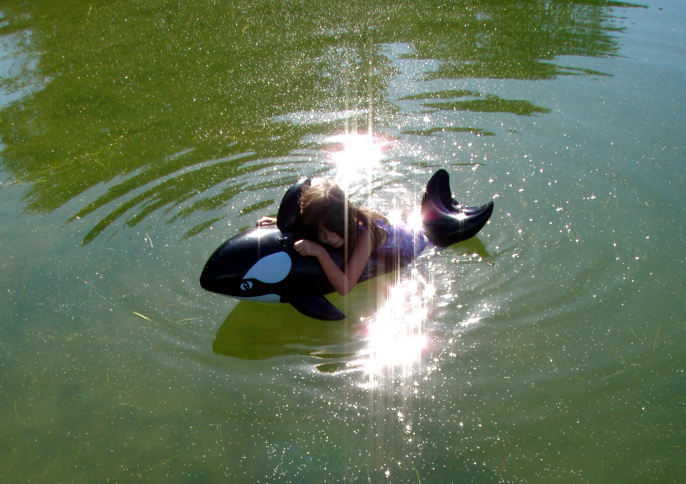
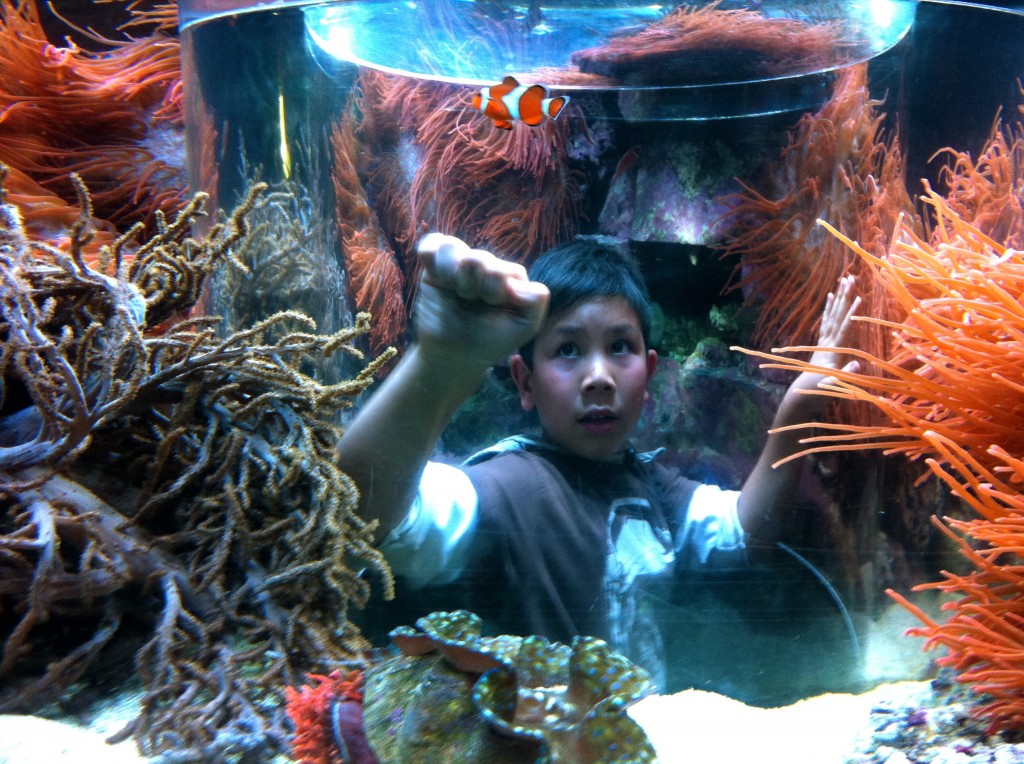
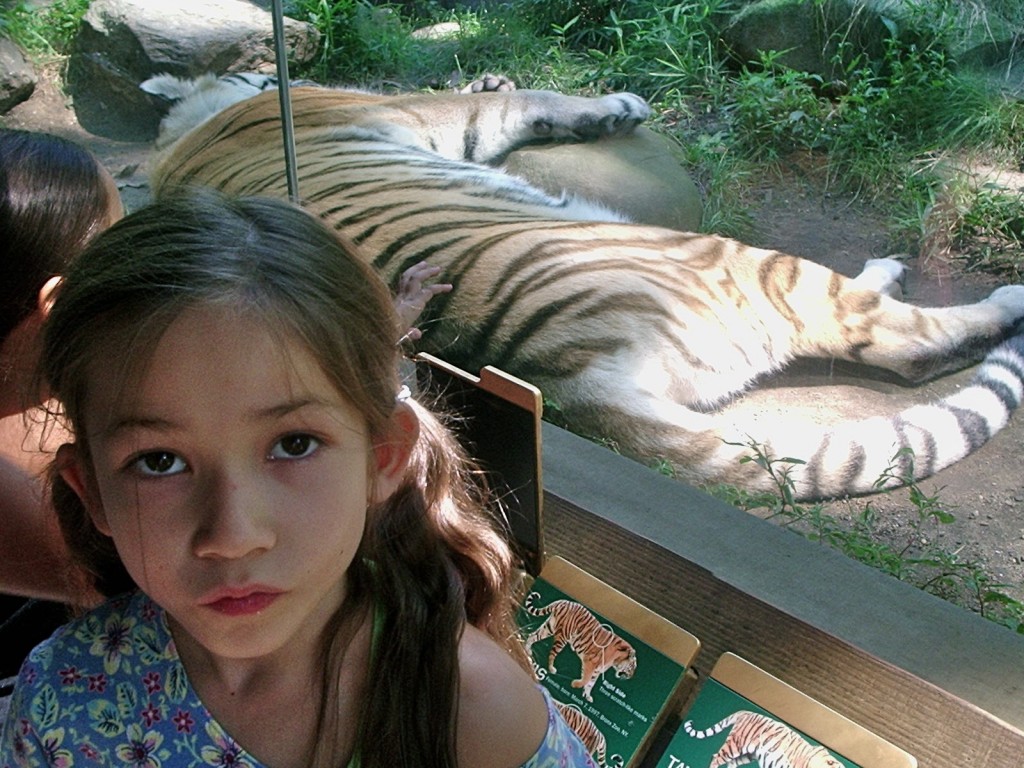
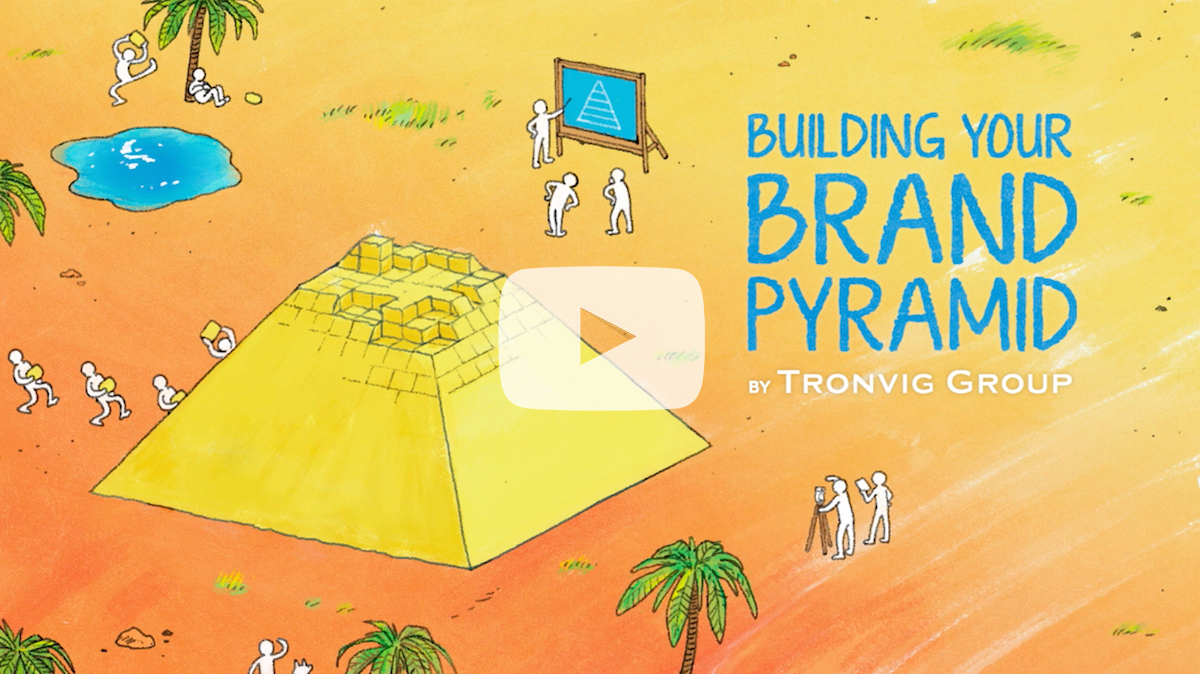
Ever consider that your children and by extension, the public, may have a perception that is actually ahead of their time and well ahead of the evolution of zoological institutions?
They may be seeing what you are unable or unwilling to see.
At which point does developing a brand or an idea become dishonest or propaganda?
Today, the general public have ready access to wealth of information. Your children can explore the true value and beauty of species while developing an understanding of the challenges they face, we face.
They can do this in a way that takes nothing from the animals they’re observing; they can do this in a way that recognises a large part of what makes an animal beautiful is the complexity surrounding its place in its home environment.
They can do this without the compromise of taking the freedom from an animal that is unable to give its consent and will never know why.
Perhaps your children recognise that in the present, zoological institutions are a necessary evil.
Perhaps they appreciate that some good comes from what modern-thinking zoos strive for …
Or perhaps they expect better and are looking ahead, waiting for you to catch up or get out of their way.